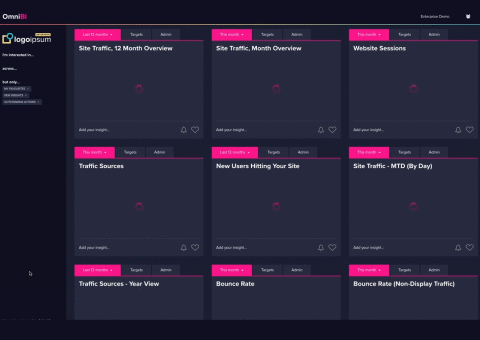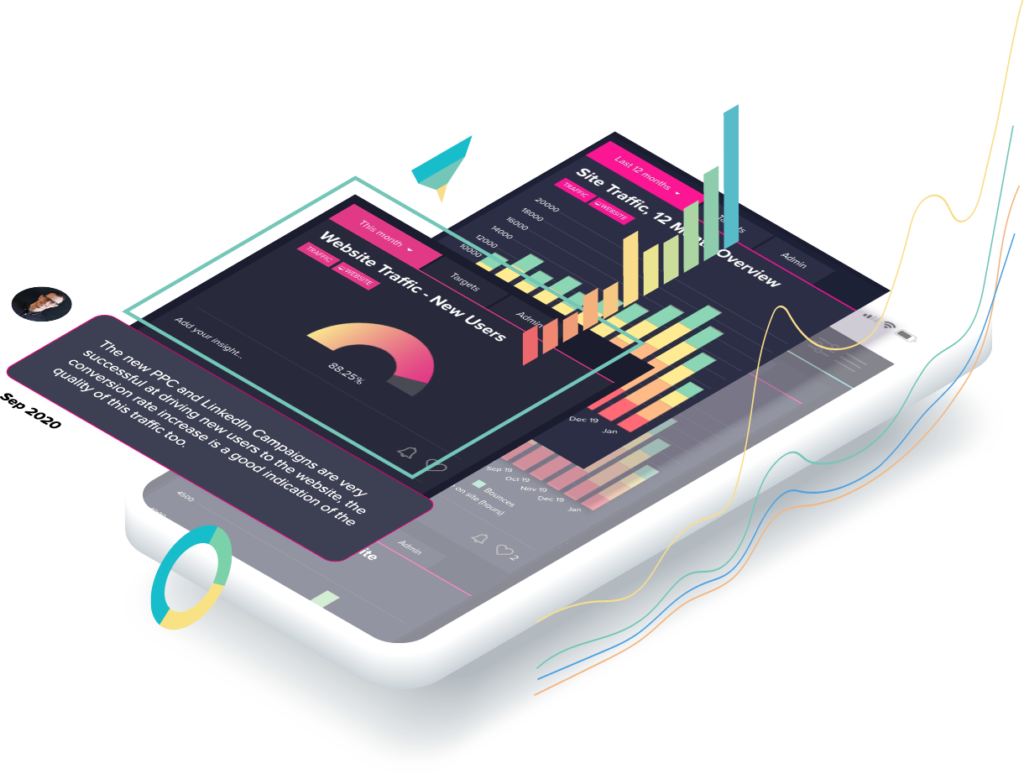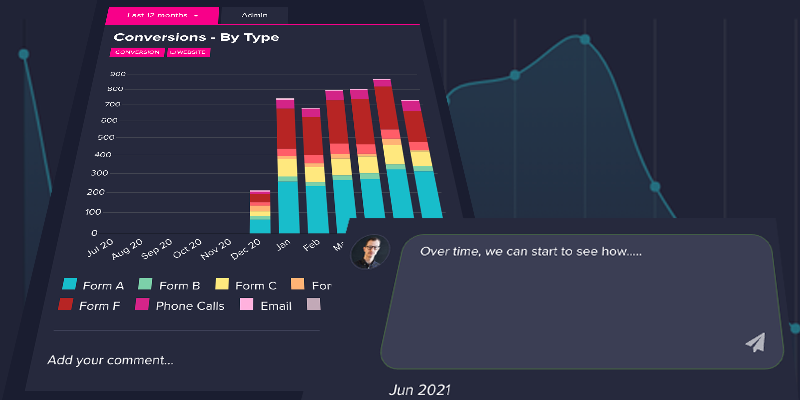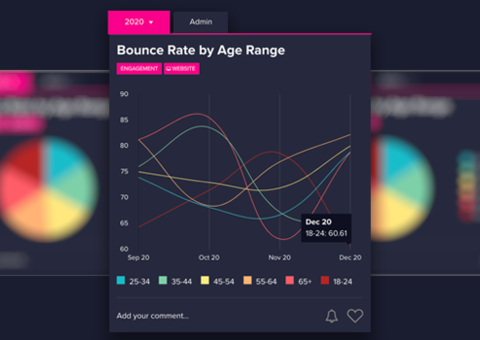‘Omnichannel’ has become a ubiquitous term in marketing, eliciting ideas of a highly fluid, dynamic, customer-centric strategy. But simply, the term ‘omnichannel’ describes the integrated use of multiple, different communication channels as part of a unified function.
In practice, omnichannel marketing is a marketing approach that jointly aims to facilitate customer engagement and customer service. Companies that adopt an omnichannel marketing approach tend to be interested in executing their marketing strategy as a constitutive part of their sales funnel i.e. creating potential customer journeys that culminate in the purchase of a good or service. Therefore, any advice regarding a company’s omnichannel marketing strategy should address the role of sales in delivering the consumer-centric experience.
Despite this, it is important that omnichannel marketing is primarily conducted as a marketing strategy. It should be entirely rooted in strategy and insight, which branches off and feeds their use of specific communication channels. Within this method, companies possess an informed understanding of how each communication channel appeals to their customers, from email to social media marketing, and can construct a system that enhances the ways customers interact with their online channels. This idea will be revisited later.

The Value of Omnichannel Marketing for B2B Business
In many ways, the pandemic has had a devastating impact on business, yet it has also accelerated the adoption of more flexible, and in this case, consumer-centric business methods, including the omnichannel marketing approach. In particular, a lot of the support for engaging omnichannel marketing strategies has rightly been directed towards B2B companies. Mckinsey demonstrated the increasing value provided towards B2B companies in their survey – in February 2021, 58% of B2B companies said their omnichannel strategy works better than past approaches for reaching and serving existing customers, in comparison to only 27% having said so in April 2020.
A study by Think with Google observing the emotions customers associated with their vendors and service providers showed that, for B2C brands, emotional connections were shared largely between 10% and 40% of consumers. Whereas amongst B2B brands, the majority held a connection with over 50% of their consumers. But where is the link between emotions and omnichannel marketing you may wonder.
Just to clarify, B2B customers aren’t emotional; they are simply heavily invested in making the right purchase decision. A breadth of factors are considered by B2B consumers, such as supplier reputation, alignment with brand ethos, and the investment value. According to Accenture, most B2B buyers are already 57% of the way through the buying process before their first meeting with a representative. These B2B customers undergo most of this trust-building, value-seeking, and rational process by conducting a breadth of research, composed of product and company-related information along with sentiment, from the range of communication channels available. In other words, a good omnichannel marketing strategy can work towards securing new business for B2B companies before any face-to-face interaction.
How to Apply an Omnichannel Marketing Strategy?
An omnichannel marketing strategy is frequently developed on an existing multichannel strategy. Multichannel strategies are widely established because people prefer to engage with brands and businesses through multiple channels. The first stage of executing an omnichannel marketing strategy involves classifying the customers that interact with your company’s various channels into groups, which relies on the use of data. From this point, data largely serves as a foundation for curating an omnichannel marketing strategy. The desired output from this stage would be to create clear buyer personas and gather data across communication channels attributable to these buyer personas. Then, the data should be further analysed to intimately understand how these customer groups engage with different touch points. The aim is to understand how an integrated experience would best serve the different buyer personas. And the last planning stage should focus on the specific changes that can be implemented across the channels to facilitate an integrated and seamless experience for each customer group.
Data largely serves as the foundation for curating an omnichannel marketing strategy
Understandably, the manifestation of an integrated multichannel experience would vary depending on the company – it shouldn’t be a direct copy of a competitor’s. For example, Starbucks created the ‘Starbucks Card’ which doubled as a loyalty card and a wallet. Its value was further shown by its usability for online transactions. Therefore, it is important that changes are informed by actual consumer data or feedback because customers will easily recognise a truly consumer-centric strategy based on whether it elevates their customer experience. Some channels can act as communities that people interact with for research purposes (Linkedin) or for a more relaxed form of interaction (Instagram), while some would simply be visited as they don’t warrant as much participation (email). And with a multichannel and omnichannel approach, it is key that every channel operates in a way whereby they aren’t constructed to fulfill every customer need at every touchpoint. For B2B businesses, a customer shouldn’t be able to conduct the same research or have an identical experience on your Linkedin page as on your Instagram profile.

Another key aspect of the omnichannel experience is convenience. Convenience is important because it is about making the online experience more fluid and intuitive, and this is where the sales-focused aspect of omnichannel marketing comes in. With omnichannel marketing, companies should feel able to evolve in how they use their channels or platforms. This can take the form of additional features that target how consumers wish to operate on specific platforms. For example, Mckinsey’s survey shows that around 33 percent of buyers rate 24/7 live chat during the research stage of their journey as a top-three requirement for best-in-class suppliers. Additionally, findings show 70% of customers expect a company’s website to include a self-service application. This may take the form of FAQs on your website or could simply mean having the option to freely browse your company’s product range and access ample information about the product without making direct contact with company personnel.
Omnichannel marketing strategy doesn’t gain merit in its complexity. One common example of an omnichannel approach that many will have experienced is receiving a discount offer or prompt about a product via email after showing interest in the product on an e-commerce website via their own account. It is about businesses being able to meet customer needs more effectively. And as explained earlier, the greater effort and investment involved in a purchasing decision by B2B customers should incentivise B2B businesses to promote convenience and fluidity along their online interactions.
OmniBI
Data analysis serves as an integral part of omnichannel marketing, both in its implementation and to inform any strategic developments. The ability to access and analyse customer data across various channels is best achieved when amassed in a simple and consistent dashboard. OmniBI facilitates exactly this. Contact us to learn more about how OmniBI can help with optimising your omnichannel strategy for your customers.




